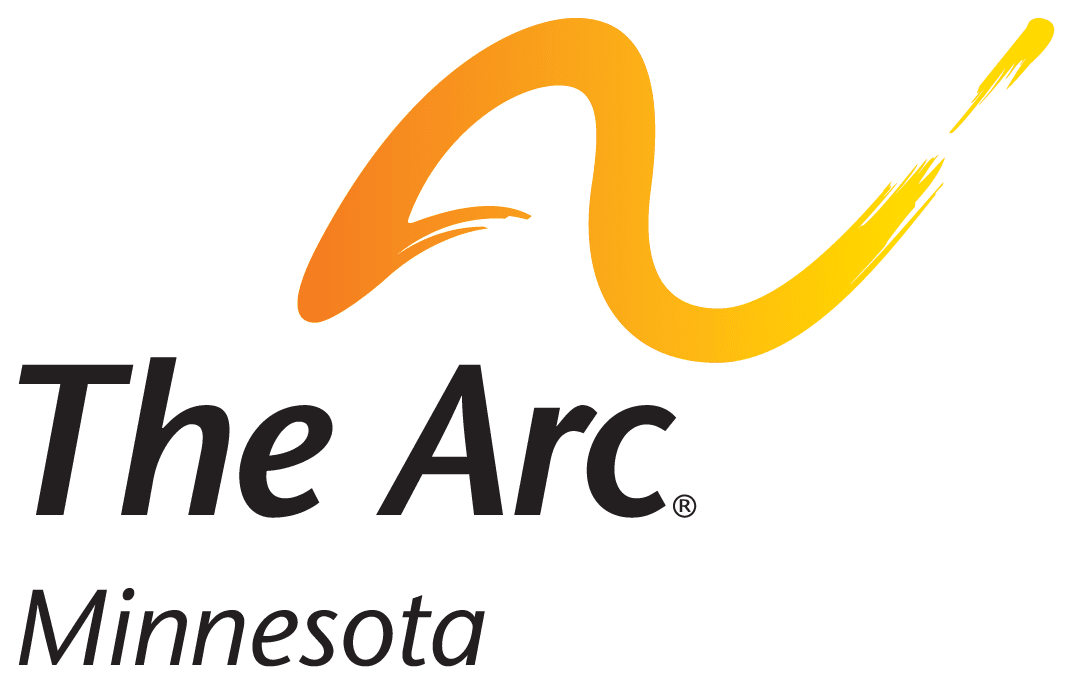ESY (Extended School Year) is special education and related services given to a special education student. ESY is provided to students who need it to be able to receive a Free, Appropriate, Public Education (FAPE). The need for ESY should be discussed during the annual Individualized Education Program (IEP)* meeting for every student. ESY is provided to eligible students when most other students are usually not in school such as during the summer or during school breaks.
ESY is:
• Decided each year by the student’s IEP team
• Provided to the student to maintain progress
The IEP team decides eligibility for ESY after discussing the following:
• Regression/recoupment:
o Will there be a significant decline in the student’s ability to do a goal in the IEP from before the break compared to after the break?
o Will it take a significantly long time for the student to relearn the skill after returning from the break? In most situations, recoupment looks at the length of the break and how long it will take the student to recoup the skill. For example, if a break is three weeks, will it take the student longer than three weeks to relearn the skill?
o In deciding regression/recoupment, the team will examine if the student needs longer than the length of the break to relearn the skill being taught in the IEP goal. The IEP team may decide on a shorter length of time.
• Self-sufficiency:
o When the student has goals on the IEP related to everyday living skills such as taking care of oneself, communicating with others, basic academic skills, acting appropriately with others, the team may decide ESY is necessary to maintain skills.
The IEP team should also consider the following factors to determine the student’s need for ESY:
• Progress on goals during the regular school year
• Type of disability
• Behavior or physical problems
• Ability and need to be with peers without disabilities
• Vocational (work) needs
• Areas that need more attention and
• The availability of other resources/options. This may be other services the student is receiving, other activities the student is doing, etc.
Special education staff should be taking notes, measuring and documenting how well a student is doing on IEP goals before and after a break. This information will be used to determine progress and if a student needs ESY.
• The special education staff should document progress on each goal.
o It is possible that the student is eligible for ESY for some of the goals on the IEP and not all the goals. This is because it is possible that the student may or may not have difficulties with regression/recoupment on each goal. It is also possible that each goal does not assist the student to be more self-sufficient.
• Some ways special education staff can document progress are records of daily performance, tests, checklists, and student work assignments.
• Progress notes: Written information providing documentation of progress on IEP goals. Parents receive progress notes as often as report cards are given out.
ESY can be provided by:
• Having the student receive services at a school building with other students with disabilities
• Summer school classes for students without disabilities
• Taking a community education class
• Home based services (worksheets, computer programs, books) with or without parent or school assistance
• Other options to meet student needs
The IEP must document what ESY service will be provided, where it will be provided, start and end date, who will be providing the service (this is the type of the service and not the name of the individual providing the service) and the amount of time of the service.
The Least Restrictive Environment (LRE)** should be considered as part of a discussion of services. LRE helps the IEP team decide where the services will be provided. The focus should be on the student spending as much time as possible with students without disabilities.
ESY is not the same as summer school. ESY must focus on the individual goals of the student.
Just because a student is eligible one year, does not mean the student is eligible every year. Just because a student is not eligible one year, does not mean that the student is not eligible the next year.
The fact that a student did not meet an IEP goal does not mean that the student is eligible for ESY.
Some school districts have a checklist form that is used to determine a student’s need for ESY.
In some situations, the IEP team may not be able make a decision on a student’s need for ESY at the annual IEP meeting. For example, the IEP meeting is held in the fall and there has not yet been a break. In these situations, the IEP can state “more data needed” and a determination on ESY is made later in the school year.
Resources:
• Minnesota Rule 36525.0755 Extended School Year Services
• *Arc Guide to Individualized Education Program (IEP)
• **Arc Guide to Least Restrictive Environment (LRE)
Updated December 2018
All rights reserved (c) 2019 The Arc Minnesota
